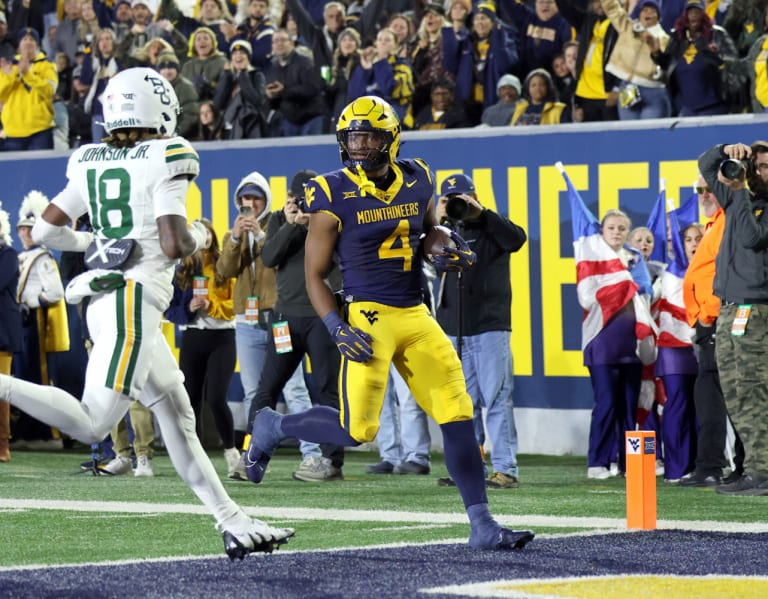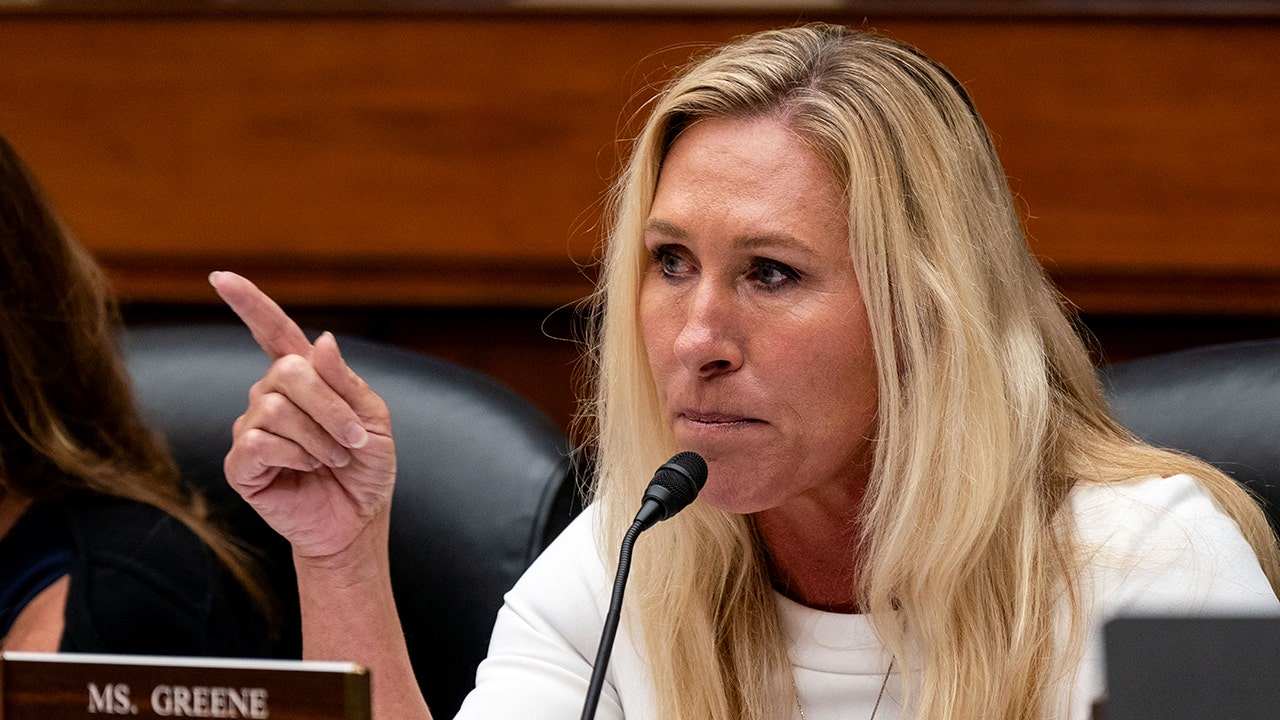West Virginia
West Virginia among 12 states where smoking is 50% more common than rest of U.S.

Residents of 12 states in the South and Midwest are more likely to smoke – and to smoke more – than people living in the rest of the United States, according to a new report.
Truth Initiative, a nonprofit focused on ending tobacco use, has dubbed that group of states “Tobacco Nation,” a region that spans Alabama, Arkansas, Indiana, Kentucky, Louisiana, Michigan, Mississippi, Missouri, Ohio, Oklahoma, Tennessee and West Virginia.
This group of states is home to about 21% of the US population but 28% of smokers in the country.
Overall, smoking prevalence is about 50% higher there than in the rest of the US. About 19% of adults smoke in this group of states, compared with about 13% of adults in other states.
A similar pattern holds among young adults. About 11% of adults under 25 in these states smoke, compared with less than 8% in other states. Teenagers in these states are also more likely to smoke.
Smoking prevalence has been consistently higher than average among these 12 states since Truth Initiative’s first report on the topic five years ago.
According to Truth Initiative, much of the disparity can be attributed to weaker local policy on tobacco prevention and cessation, particularly due to industry influence and lack of political will from decision-makers.
For example, federal data shows that the share of adults who smoke fell to a historic low in 2022, but e-cigarettes grew in popularity. To battle this trend, hundreds of local governments have enacted laws that restrict the sale of flavored tobacco – but only three of them have been within the 12 states with higher smoking prevalence.
The latest report from Truth Initiative, published last week, also shows that people in these 12 states who smoke tend to do so significantly more than smokers in other states.
An average smoker in “Tobacco Nation” goes through about 53 packs in one year, compared with an average of 29 packs in the rest of the US, a difference of about 500 cigarettes per person each year.
According to the US Centers for Disease Control and Prevention, tobacco use is the leading cause of preventable disease, disability and death in the US. Smoking or exposure to secondhand smoke causes premature death for nearly half a million people each year, and millions more live with a serious illness caused by smoking.
In 2020, the US surgeon general issued a report on smoking cessation – the first in 20 years – highlighting the health benefits of quitting that make it one of the most important actions a person could take to improve their health.
The new report from Truth Initiative found that adults in nine of the 12 states in “Tobacco Nation” also have among the highest rates of e-cigarette use.
“Due in part to policies that favor the tobacco industry over public health, residents of ‘Tobacco Nation’ are too often suffering from shorter life expectancy, worse indicators of health, and high prevalence of tobacco use,” Barbara Schillo, chief research officer at Truth Initiative, said in a statement.
Life expectancy is about three years lower in the 12 states where smoking is more common than it is in the rest of the country, according to the new report – about 76 years compared with 79 years.
“We owe it to all those who live in these states to take strong actions to close these geographic disparities and give them a fighting chance for a healthy, smoke-free life,” Schillo said.

West Virginia
Examining West Virginia's lost offensive production after the 2024 season

Examining West Virginia’s lost offensive production after the 2024 season
West Virginia is in the midst of a roster overhaul as new head coach Rich Rodriguez starts to build from the ground up. In the last weeks, the Mountaineers have lost dozens of players either to the transfer portal or to eligibility loss, and we look at how much production from this past season will not be returning.
On offense, about 20 guys who recorded snaps this past season will not be returning to the Mountaineers. Nine are out of eligibility, and nine have entered the transfer portal, while that number could still increase.
On offense as a whole, West Virginia has lost 83.25 percent of the total snaps played. 64.52 percent of the snaps lost are due to running out of eligibility. Out of WVU’s top four snap totals, all four came on the offensive line.
Three of them exhausted their eligibility (Ja’Quay Hubbard, Nick Malone, Brandon Yates), and the fourth (Tomas Rimac) entered the transfer portal.
Number of Snaps Lost
Note: In the table above, under the column ‘Total Percentage Lost’, the 52.42% and 46.58% are the share of the total number of snaps played, not the total numebr of snaps played at each position
At the quarterback position, Garrett Greene does not have any remaining eligibility. Greene accounted for just about 30 percent of WVU’s rushing yards, 84 percent of WVU’s passing yards, as well as 22 percent of their scores on the ground, and 75 percent of their passing touchdowns thrown.
At running back the loss of CJ Donaldson looms large. He accounted for 29 percent of WVU’s rushing total this season and between him and others who tallied up much lesser totals, West Virginia has lost 60.21 percent of their rush yards from this past season.
At the receiver position, it’s even more drastic. West Virginia has lost Hudson Clement, DayDay Farmer, Traylon Ray, Justin Robinson, and Kole Taylor, among others who were some of WVU’s top pass catchers. The Mountaineers have lost 76.23 percent of their receiving yards from last year as well as 80 percent of their receiving touchdowns.
Offensive Production Lost
Overall, there is a significant loss on the offensive side of the ball.
West Virginia lost most of their passing game as well as their receiving game due to guys leaving the program. While it’s easy to point to Greene in the passing game because he was the starting quarterback for the majority of the year, most of the production lost at receiver was due to guys entering the transfer portal. At running back, it was roughly a 50-50 split between what percent was lost to the portal and what was lost to eligibility, as Greene as well as Donaldson, were the main contributing factors there.
———-
• Talk about it with West Virginia fans on The Blue Lot.
• SUBSCRIBE today to stay up on the latest on Mountaineer sports and recruiting.
• Get all of our WVU videos on YouTube by subscribing to the WVSports.com Channel
• Follow us on Twitter: @WVSportsDotCom, @rivalskeenan, @wesleyshoe
•Like us on Facebook, Instagram and TikTok

West Virginia
2 charged in death investigation, victim identified

UPDATE 11:50 P.M. 12/24/2024
MASON COUNTY, W.Va. (WSAZ)-Two people are facing charges in connection with a death investigation in Mason County.
Investigators found the remains of a man Tuesday who had been reported missing. The remains were found along Broad Run Road in Letart.
Authorities arrested Brandon Harbaugh and Jodi Gerlach a short time later.
Harbaugh and Gerlach are charged with concealment of a deceased human body and conspiracy, according to Mason County Prosecuting Attorney Seth Gaskins.
Investigators identified the victim as Michael S. Phalen, 65, of New Haven, West Virginia. Investigators say Phalen was reported missing Dec. 12.
Harbaugh and Gerlach were arraigned Tuesday night in Mason County are in the Western Regional Jail on a $75,000 cash or surety bond.
UPDATE 7 P.M. 12/24/2024
MASON COUNTY, W.Va. (WSAZ) -A death investigation is underway after human remains were found in Mason County, according to Mason County Prosecuting Attorney Seth Gaskins.
Investigators found the remains of a missing adult male along Broad Run Road in Letart on Tuesday afternoon.
The Mason County Prosecuting Attorney identified the victim as Michael S. Phalen, 65, of New Haven, West Virginia.
Gaskins said that two individuals have been arrested in connection with the investigation. Both are charged with concealment of a deceased human body and conspiracy, although their identities have not been announced.
Copyright 2024 WSAZ. All rights reserved.
West Virginia
Chad Scott Returning to West Virginia

Accoring to Mike Casazza of 247 Sports, West Virginia University head coach Rich Rodriguez will retain assistant coach Chad Scott as part of his staff.
Scott spent the last six seasons under former head coach Neal Brown as the running backs coach and served as the offensive coordinator the last two seasons. He was also named the interim head coach for the Frisco Bowl.
The Mountaineer rushing attack ranked ninth among Power Four schools in rushing yards per game at 192.7 this past season and WVU was one of two FBS teams that has three players who have rushed for 630 yards or more.
Scott will be entering his19th season as an assistant coach. He began his career at Troy before taking jobs at Texas Tech (2010-12), Kentucky (2013-15), North Carolina (2016-18), Louisville (2019), and landed in West Virginia with Neal Brown in 2019.
MORE STORIES FROM WEST VIRGINIA ON SI
West Virginia Contacts TCU QB Transfer, Former Four-Star Hauss Hejny
Between The Eers: Transfer Portal Movement
Former WVU Offensive Line Coach Matt Moore Hired by Rival School
Is WVU the Favorite to Land Jax State CB Transfer Fred Davis II? Here’s the Latest
Mountaineers in the NFL: Week 16
-

 Business1 week ago
Business1 week agoFreddie Freeman's World Series walk-off grand slam baseball sells at auction for $1.56 million
-
/cdn.vox-cdn.com/uploads/chorus_asset/file/23951353/STK043_VRG_Illo_N_Barclay_3_Meta.jpg)
/cdn.vox-cdn.com/uploads/chorus_asset/file/23951353/STK043_VRG_Illo_N_Barclay_3_Meta.jpg) Technology1 week ago
Technology1 week agoMeta’s Instagram boss: who posted something matters more in the AI age
-
/cdn.vox-cdn.com/uploads/chorus_asset/file/24924653/236780_Google_AntiTrust_Trial_Custom_Art_CVirginia__0003_1.png)
/cdn.vox-cdn.com/uploads/chorus_asset/file/24924653/236780_Google_AntiTrust_Trial_Custom_Art_CVirginia__0003_1.png) Technology4 days ago
Technology4 days agoGoogle’s counteroffer to the government trying to break it up is unbundling Android apps
-

 News5 days ago
News5 days agoNovo Nordisk shares tumble as weight-loss drug trial data disappoints
-

 Politics5 days ago
Politics5 days agoIllegal immigrant sexually abused child in the U.S. after being removed from the country five times
-

 Entertainment6 days ago
Entertainment6 days ago'It's a little holiday gift': Inside the Weeknd's free Santa Monica show for his biggest fans
-

 Lifestyle6 days ago
Lifestyle6 days agoThink you can't dance? Get up and try these tips in our comic. We dare you!
-

 Technology7 days ago
Technology7 days agoFox News AI Newsletter: OpenAI responds to Elon Musk's lawsuit



















